Inside the opulent neo-baroque exterior of the Leopold Hoesch Museum in Düren, east of Cologne, an altogether more austere prospect awaited visitors this summer: room after room of blankness. Curated by publisher and collector Moritz Küng, ‘Raw, Blank, Illegible: Artists’ Books as Statements’ gathered together no less than 256 unreadable volumes, dating from the 1960s to the present. You might expect the overriding effect to be one of monotony – surely one empty page is the same as any other, after all? But it’s just the opposite: blankness turns out to be surprisingly versatile and generative. In Idries Shah’s The Book of the Book (1969), it conveys the spiritual principles of Sufi mysticism. For herman de vries, it’s the vehicle for a multi-volume meditation on the colour white (1970). Bill Adler’s The Official Government Nuclear Survivors Manual (1982) deploys it for satirical purposes.
The empty page is no mere punchline, however; nor is it simply an absence. Look closely, and many of these apparently blank exhibits reveal details that are subtle and even a little disconcerting. Maurizio Nannucci’s Only Paper (1981) is a single sheet bearing its title in the form of a barely legible watermark. John McDowall’s Marque Pages (2017) carries the faint shadows notionally cast by the turning of leaves, and Sarah MacKillop’s 16 Photocopied Pages (2009) are arguably not blank pages themselves, but – more weirdly – slightly cropped and degraded reproductions of them. Many of the works play similar games with the idea of blankness, conveying meaning through the nuances of texture, fibre and tone, punched holes, or delicate trompe l’oeil folds and wrinkles.
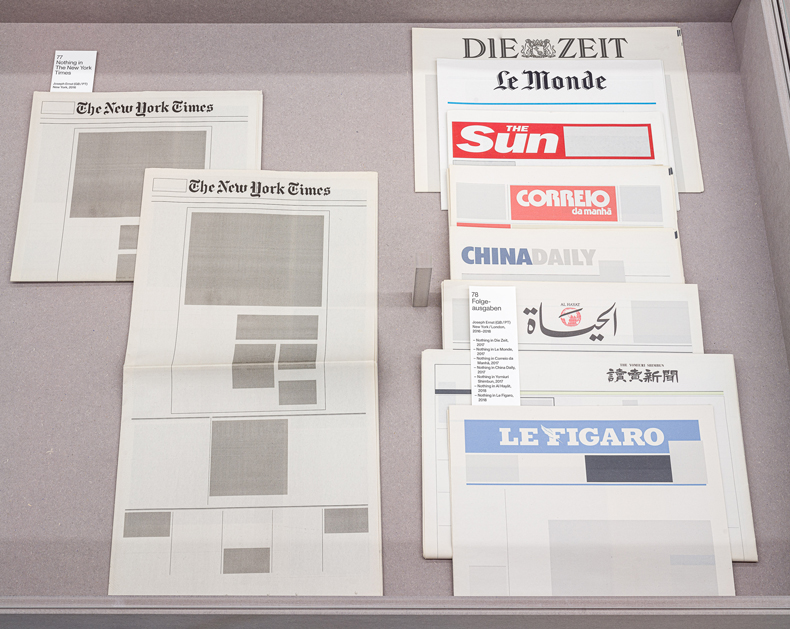
Installation view of ‘Blank. Raw. Illegible… Artists’ Books as Statements (1960–2022)’ at the Leopold-Hoesch-Museum, Düren. Pictured is Nothing in the New York Times (2016) by Joseph Ernst. Photo: Peter Hinschläger
Other work explores unreadability in different ways, such as the Argentinian artist Mirtha Dermisache’s Diario No 1, Año 1 (1972), a newspaper entirely written in a strange asemic text of symbols and scribbles, and Dora García’s revisions of Ray Bradbury’s novel Fahrenheit 451 (2000–08), which scrupulously recreate iconic pulp paperback editions, but invert the entire content, as if in a mirror. Visual perception is continually disrupted, confusing distinctions between reading and looking, before the final exhibit shifts to a different sense altogether, with an audio installation, Sounds of Silence. The classic Simon and Garfunkel LP has been reinterpreted by the French collective Silent Entertainment, replacing all the songs with an anthology of supposedly noiseless tracks. But as with the blank pages, we are left contemplating the surface noise, as the room fills with the warm scuffs and scratches of needle on vinyl.
If the blank book seems a wilfully niche topic, the sprinkling of big names – Richard Long, Dieter Roth, Jeremy Deller, Christian Boltanski – suggests otherwise. The show tapped into some major currents in art over the past six decades or so, exploring the significance of blankness in Fluxus and conceptualism. But it’s best seen as an extensive if quirky survey of the artists’ book, a form that, from its inception, has been preoccupied with the illegible, the erased, the imperceptible and the inaccessible. Seminal examples on show included Stéphane Mallarmé’s concrete poem Un coup de dès jamais n’abolira le hasard, with its distinctively irregular layout, as reworked in 1969 by Marcel Broodthaers, who replaced the text with solid black lines, and then later by Michalis Pichler (2008), who cut out these strips to produce a book sculpture full of holes.
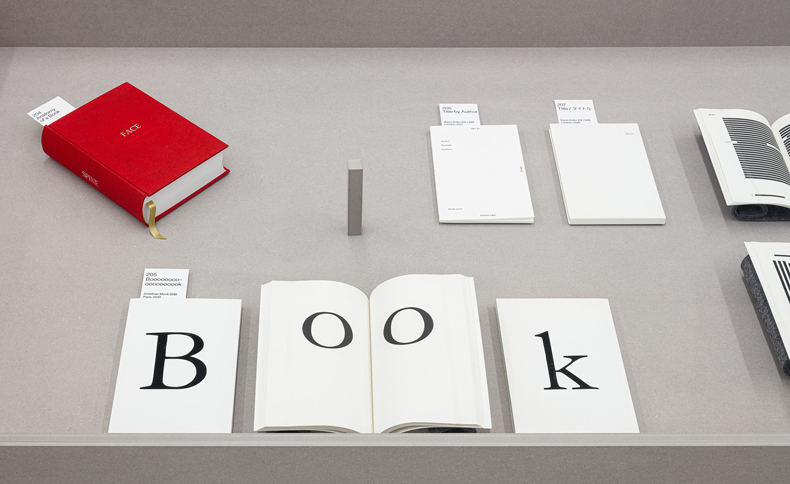
Installation view of ‘Blank. Raw. Illegible… Artists’ Books as Statements (1960–2022)’ at the Leopold-Hoesch-Museum, Düren. Photo: Peter Hinschläger
Many of these artists’ books seem less like statements than questions or provocations, tinkering endlessly with the mechanism of the book to see what happens. What if you erase all the text, quite literally, as in the case of Jérémie Bennequin’s OMMAGE (2012), a version of Proust’s Á la recherche du temps perdu, in which every word has been laboriously rubbed out? What if you can’t open it, as with David C. Stairs’s Boundless (1983), a circular book spiral-bound around its entire circumference, or Les Coleman’s Glue (2002), which performs its own theme by sticking all the pages together? What if it’s transparent, like Christian Megert’s Glass Book (1961), and what if you can’t see it at all? A whole – apparently empty – case was devoted to invisible books, including the one published by Dutch artist Elisabeth Tonnard in 2012.
A streak of perversity and mischief runs through much of this material, most of it mixed with a heavy dose of knowing self-reflexivity. The exhibits were elaborately curated into no less than 14 different thematic categories, but the central theme was ultimately the book itself. About halfway round we encountered the Fluxus artist George Brecht’s Book (1972, republished by Moritz Küng in 2017), a volume which is neither blank nor illegible, but whose text describes nothing but its own structure. ‘THIS IS THE COVER OF THE BOOK’, announces the cover, before going on to narrate itself for a full 28 pages: ‘THIS IS THE TITLE PAGE’; ‘THIS IS THE OTHER SIDE OF THE TITLE PAGE, THAT GIVES YOU INFORMATION LIKE WHO PUBLISHED IT AND WHEN’; ‘THIS IS THE FIRST PAGE OF THE BOOK’. It’s not so much a book as a template for one. And, like the other exhibits here, it’s a kind of meta-book, whose real content is itself.
‘Raw, Blank, Illegible: Artists’ Books as Statement (1960–2020)’ was at the Leopold Hoesch Museum, Düren, from 14 May–3 September.
Unlimited access from just $16 every 3 months
Subscribe to get unlimited and exclusive access to the top art stories, interviews and exhibition reviews.


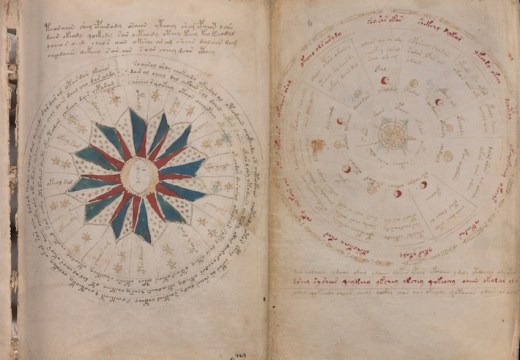
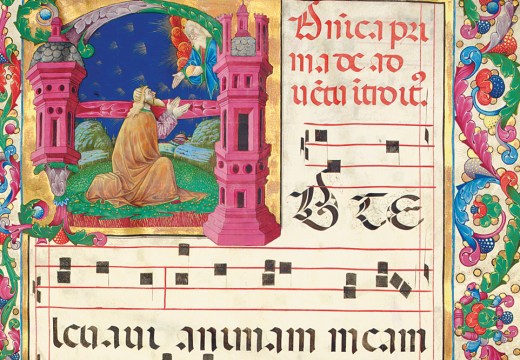
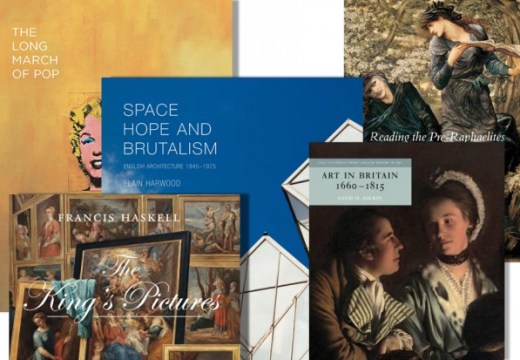









![Masterpiece [Re]discovery 2022. Photo: Ben Fisher Photography, courtesy of Masterpiece London](http://www.apollo-magazine.com/wp-content/uploads/2022/07/MPL2022_4263.jpg)
It’s time for the government of London to return to its rightful home